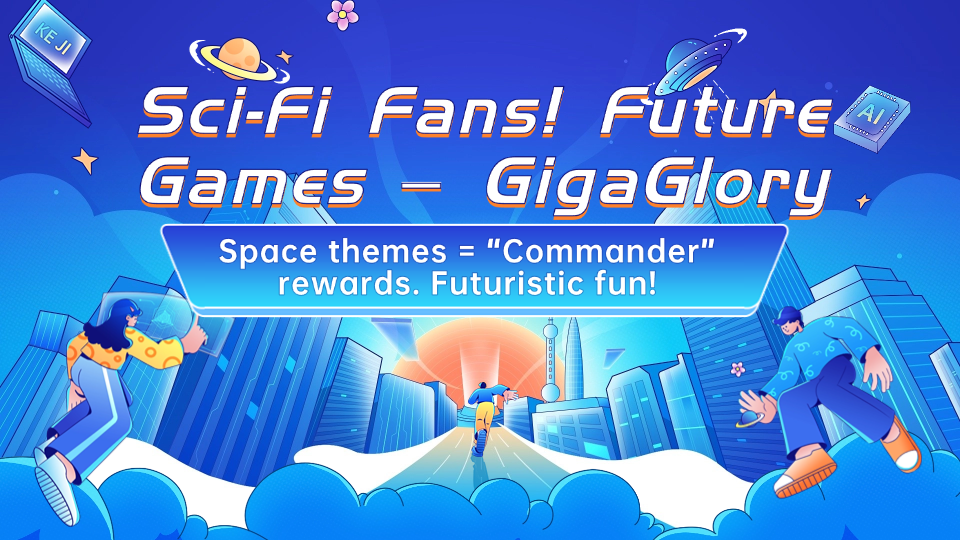Why Casual Games Are the New Frontier in Educational Play: Boosting Learning Through Fun
In the digital age, where attention spans seem to shrink by the minute, casual games have stepped up to the plate, offering a fresh and engaging approach to learning. These games are becoming the new frontier in educational play, changing not just how we learn but also how we perceive education itself.
The Rise of Casual Games in Education
Casual games typically have simple rules, are easy to play, and often create a sense of joy and accomplishment. Think of titles that dominate app stores, such as puzzle games or those requiring strategic thinking. By integrating these fun elements, educational games are effectively captivating learners of all ages, especially children and teenagers.
Benefits of Casual Games for Learning
- Improved Engagement: Unlike traditional learning methods, casual games captivate the user’s attention, making them more likely to absorb information.
- Immediate Feedback: Many casual games provide instant feedback, allowing players to understand their strengths and weaknesses immediately.
- Critical Thinking: Players engage in problem-solving and strategic planning, fostering skills that are essential not just in school but in life.
- Collaboration: Many casual games encourage multiplayer interactions, supporting teamwork and communication among players.
Casual Games vs. Traditional Educational Tools
Traditional educational tools often struggle to maintain a student's interest. They are built around lectures, textbooks, and rote memorization. In contrast, casual games bring competition, storytelling, and rewards into the learning process. The table below outlines key differences.
| Feature | Casual Games | Traditional Methods |
|---|---|---|
| Engagement Level | High | Low |
| Feedback | Immediate | Delayed |
| Learning Style | Interactive | Passive |
| Collaboration | Multiplayer | Individual |
Why Casual Games Are Effective for Educational Play
The effectiveness of casual games in enhancing learning can be attributed to several factors:
1. The Element of Fun
When learning feels like play, students naturally engage more. The enjoyable nature of casual games helps reduce anxiety associated with traditional learning.
2. Adaptive Learning
Many casual games adapt to the player's skill level, offering personalized learning experiences. As they progress, the challenges evolve, ensuring they remain appropriately challenged.
3. Enhancing Memory Retention
Incorporating game mechanics that hinge on repetition and reward fosters better memory retention when learning new concepts.
Examples of Educational Casual Games
While there are many informal educational games, some stand out with unique approaches, blending knowledge and play.
- Kerbal Space Program: This game allows players to manage a space program, teaching them about physics and engineering through trial and error.
- Prodigy Math: This game makes math fun by incorporating RPG elements. Players solve math problems to progress in the game.
- Grammar Pop: Aiming to enhance vocabulary and grammar skills, this game combines gameplay with literacy learning.
Integrating Casual Games Into Curriculums
Implementing casual games into the classroom doesn’t have to be overwhelming. Educators can follow these practical steps:
- Identify the learning objectives that align with game mechanics.
- Choose games that provide relevant experiences and learning outcomes.
- Encourage collaboration among students through multiplayer games.
- Utilize technology effectively by incorporating devices and apps into lessons.
Free Online Games for ASMR Lovers
Another intriguing intersection of education and casual gaming is the realm of free online games that tap into the popular ASMR phenomenon. These games offer relaxation through sound and visuals, enabling players to learn while experiencing a serene atmosphere. Noteworthy examples include:
- ASMR Puzzle Games: These focus on calming images and sounds, making them enjoyable yet educational.
- Soundscapes: Players can create their own sound environments, learning about sound physics in the process.
The Future of Edu-Gaming
As technology continues to evolve, the potential for casual games in education appears limitless. We can expect:
- Virtual Reality Experiences: Bringing learning to life, VR can immerse players in historical events or scientific experiments.
- Enhanced Analytics: Educators will gain deeper insights into student performance through data collected during gameplay.
Why Parents and Educators Should Support Casual Gaming
It's evident that casual games present a robust avenue for educational growth and engagement. Parents and educators often express concern about screen time. Still, when directed adequately towards educational goals, these games foster creativity and cognitive development.
Conclusion: A New Era of Learning
In conclusion, casual games have emerged as a powerful tool for education, balancing fun and learning seamlessly. They equip students with vital skills while allowing them to explore and enjoy the process. The future of education may very well rest on the success of these delightful digital experiences. By embracing casual gaming, we unlock a world where education meets entertainment, ensuring that the next generation learns actively and joyfully.



